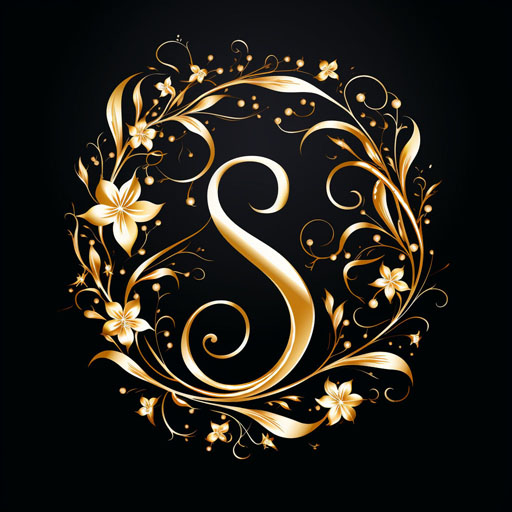Creating photorealistic art with AI has become increasingly popular in recent years, thanks to advances in machine learning and generative models. There are several AI-based techniques and tools that artists can use to produce photorealistic art:
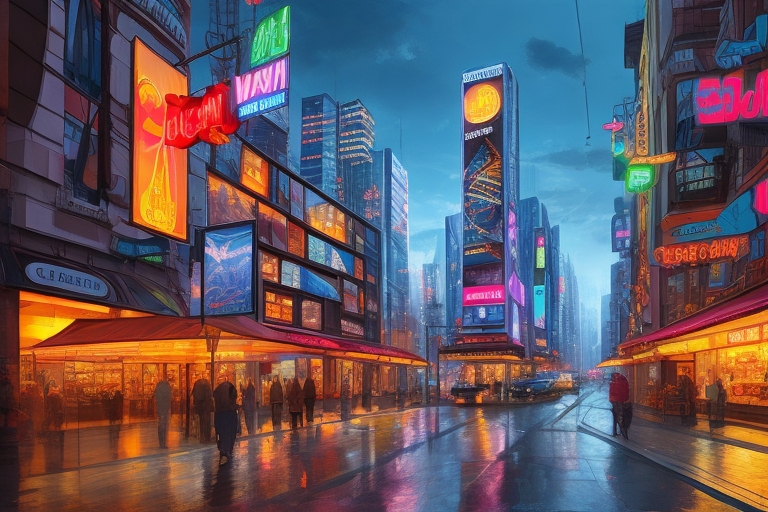
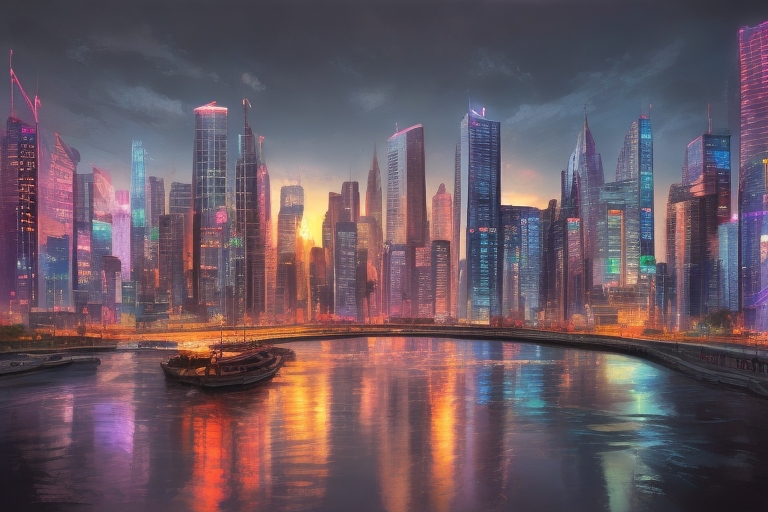
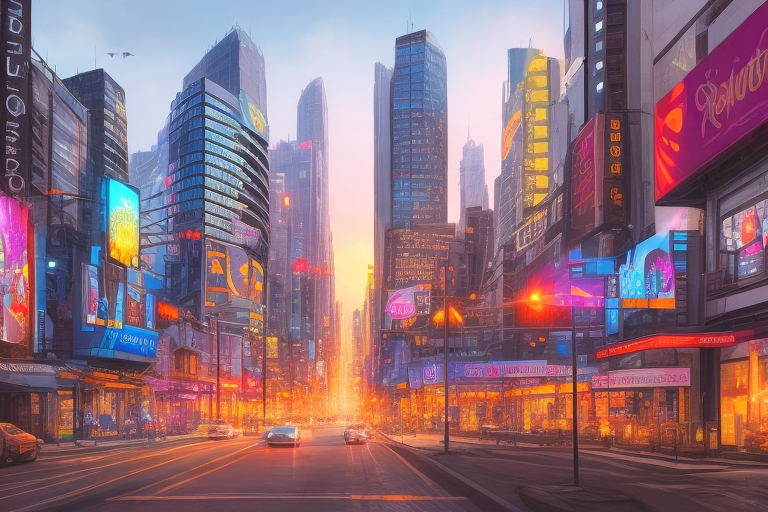
- Neural Style Transfer: Neural style transfer is a technique that combines the content of one image with the style of another. AI algorithms analyze the content and style of the input images and generate a new image that combines the two. This can be used to create artwork with a photorealistic base and the style of a famous painter or a particular artistic era.
- GANs (Generative Adversarial Networks): GANs are a type of AI model that consists of a generator and a discriminator. The generator tries to create images that are indistinguishable from real images, while the discriminator tries to distinguish between real and generated images. This adversarial process results in the generation of highly realistic images, some of which can be considered photorealistic.
- Image Super-Resolution: AI-based image super-resolution techniques can enhance the detail and sharpness of an image, making it appear more realistic. These techniques use deep learning models to upscale low-resolution images without significant loss of quality.
- Deep Dream: Deep Dream is an AI-powered technique developed by Google that enhances and exaggerates patterns and features in an image to create surreal, dreamlike visuals. While not strictly photorealistic, it can produce highly detailed and visually striking images.
- StyleGAN: StyleGAN and its variants are GAN-based models that can generate highly detailed and realistic images of faces and other objects. They have been used for creating photorealistic portraits and artwork.
- AI-Based Image Editing Software: Several AI-based image editing software and tools, like Adobe’s Sensei, use machine learning algorithms to automatically enhance and retouch photos to make them look more photorealistic.
- AI Filters and Plugins: Many graphic design and image editing software now offer AI filters and plugins that can transform photos into photorealistic paintings, sketches, or other artistic styles.
- Custom AI Models: Some artists and developers train custom AI models on specific datasets to generate photorealistic art in a particular style or subject matter.
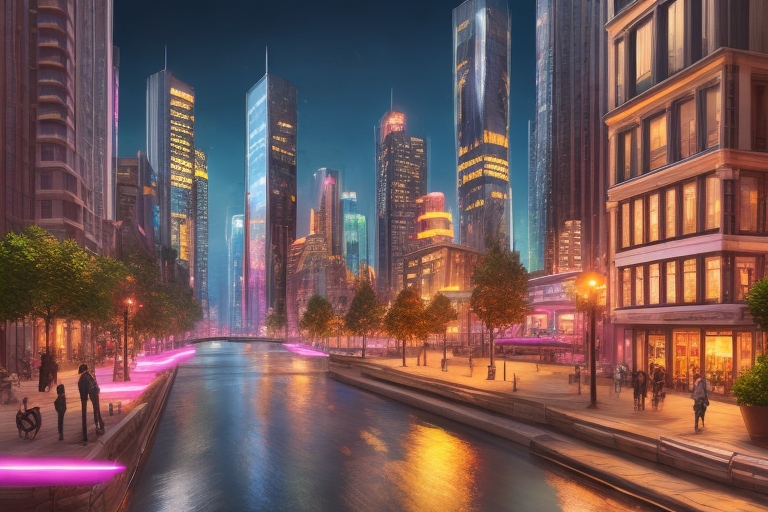
When using AI to create photorealistic art, it’s essential to consider the ethical and creative aspects of the process. While AI can be a powerful tool for enhancing creativity and productivity, artists should also ensure that their work retains a sense of personal expression and creativity. Additionally, they should be aware of copyright and intellectual property issues when using AI models to generate art.
You can learn more Photorealistic Prompts Here
Link :>



